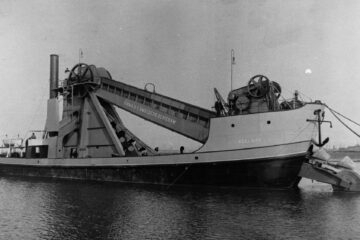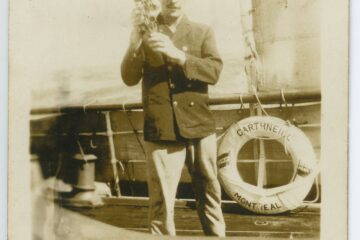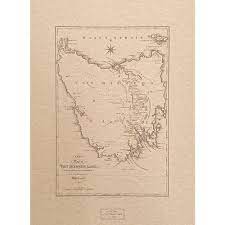Commemorating a Landmark Voyage
The De Vlamingh Memorial Sundial stands as a testament to the historical voyage of Dutch explorer Willem de Vlamingh, whose expedition in 1697 culminated in the significant discovery of Western Australia. This interactive memorial not only commemorates de Vlamingh’s arrival at the Swan River but also celebrates his contributions to Western Australia’s geography, including naming iconic locations such as Rottnest Island and the Swan River.

An Artistic and Functional Masterpiece
Designed through a collaboration between Artforms founder Albert De Boer and Smith Sculptors, the De Vlamingh Memorial Sundial is a custom-made ferritic stainless steel structure. It is engineered to record time simultaneously in Perth, Western Australia, and the Netherlands, symbolising the connection between the two regions. The sundial features intricate engravings of an ancient world map and the trade routes of early Dutch traders, reflecting the extensive reach and influence of Dutch exploration.
Surrounding the sundial are premium granite bollards, each etched with laser engravings that detail the journeys of great explorers such as Dirk Hartog and Willem de Vlamingh. These bollards provide educational insights, enhancing the sundial’s role as an informative and commemorative piece of public art.
A Journey Through Time and Place
The De Vlamingh Memorial Sundial not only marks a point in history but also connects Perth to Amsterdam. The sundial aligns with the Mourning Tower in Amsterdam, the departure point of de Vlamingh’s expedition, thus linking the place of origin with the discovery site in Western Australia. This unique aspect makes the sundial a fascinating piece of global historical significance.
Relocation and Rebirth
Originally situated next to the Bell Tower in Perth, the memorial was displaced in 2012 due to the development of Elizabeth Quay. After several years in storage, the Perth Council decided to relocate the sundial to a new site near the Narrows Interchange on Riverside Drive. This decision came despite concerns about the site’s remoteness and its potential to attract fewer visitors, as highlighted by Curtin University’s history director, Nonja Peters.
Restoration and Future Prospects
The reconstruction of the memorial, created by WA artists Joan Walsh-Smith and Charles Smith at an original cost of $163,000, is expected to exceed $200,000. This cost will be covered by the Metropolitan Redevelopment Authority. Despite the challenges, the memorial’s relocation aims to preserve its historical significance and ensure it continues to educate and inspire future generations.
The De Vlamingh Memorial Sundial remains a significant tribute to the pioneering spirit of early explorers and the enduring connections forged through their voyages. Its presence on Birdiya Drive, near the Swan River, continues to mark the profound impact of Willem de Vlamingh’s journey on the history and geography of Western Australia.
See also:
Willem de Vlamingh – Visiting ‘Perth’ in1696
Victor Victorszoon first painting of the Swan River in Perth – 1696
First Dutch contacts in Australia – West coast of Australia 1629 to 1699
Sources:


